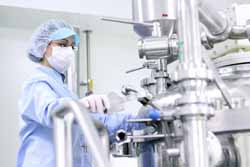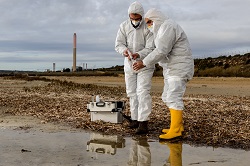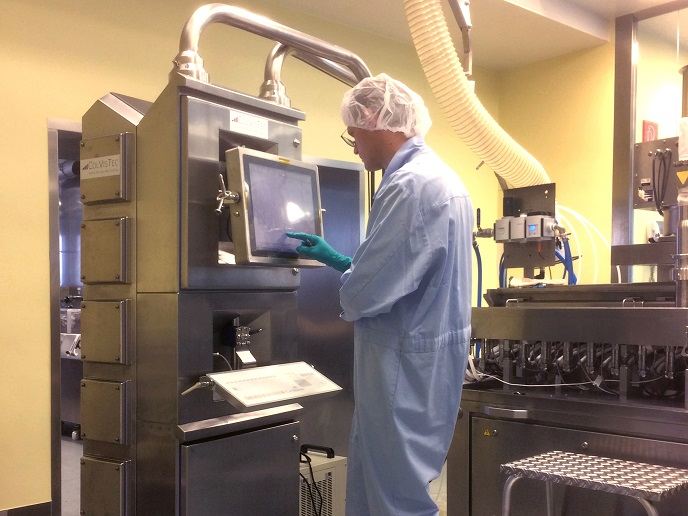Consistently clean production equipment
Cleaning validation in the pharmaceutical and biotechnology industries refers to verification that the procedure used to remove contaminants from equipment surfaces is reliable and reproducible. Currently used cleaning validation techniques such as swabbing and liquid chromatography are laborious, expensive, error prone and time consuming. This increases production costs and machine downtime, and highlights the need for a portable and accurate cleaning verification system. To meet these needs, the EU-funded project 'Effective and reliable optical system for cleaning validation in pharmaceuticals manufacture' (OPTI-CLEAN)(opens in new window) was initiated. OPTI-CLEAN uses near-infrared chemical imaging (NIR-CI) technology to detect chemical residues on pharmaceutical manufacturing equipment surfaces. For this purpose, two patented innovations on spectrograph components and a cleaning process validation method were employed. Partners designed and developed a NIR-CI test rig. Necessary components such as piezo Fabry–Perot interferometers and mercury cadmium telluride (MCT) detectors were integrated into this test rig. These components allow the measurement of spectral and spatial information for the evaluation of materials. For cleaning verification, surface contamination protocols were developed to standardise procedures. OPTI-CLEAN successfully tested the functionality and stability of the test rig on surfaces such as stainless steel, glass and polycarbonate. Researchers were also able to quantify residual pharmaceutical and detergent substances using NIR-CI technology. The pre-competitive prototype substituted an extended indium gallium arsenide sensor for the MCT detector to reduce costs and supply lead time. The sensor itself proved to have a faulty logic board. However, discovery of the reason why the portable prototype could not achieve results produced in the lab was a time-consuming process of reconfiguration, testing, return to the provider and then re-installation. These issues prevented complete testing in an industrial environment by project end. These trials will be scheduled in the near future. Successful commercialisation of OPTI-CLEAN technology could generate revenues amounting to over EUR 21 million through sales of multiple units to multinational pharmaceutical companies. Use of this superior technology will ensure the health and safety of consumers through effective cleaning and verification processes. The participating small businesses and potential buyers will also increase their competitiveness while providing more employment opportunities.







